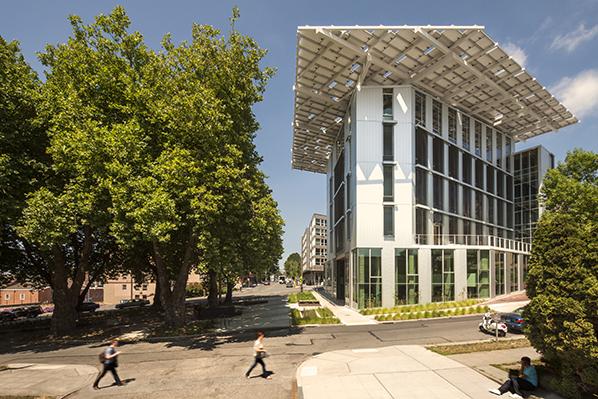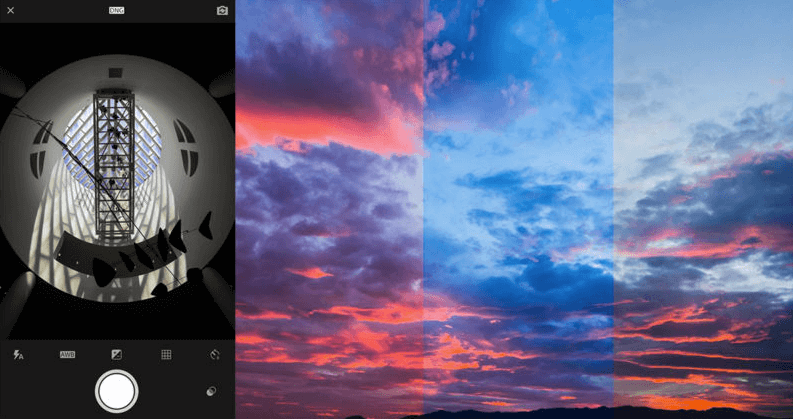There’s a new wave of architecture that is becoming increasingly popular, and it’s largely centered on making a building more secure against the devastating effects of climate change. Some designs provide protection against extreme weather such as super storms or floods, and some of the most well known are listed below:
- Governors Island: After the 2012 Hurricane Sandy, Governors Island in New York finally got the makeover it deserved and is now a sustainable destination. It now boasts things such as manmade hills that have been made out of old building debris, 3,000 beautiful, new trees, and large rocks around the island to help against the strong waves crashing against the shores.
- Bullitt Center: This has been dubbed as “the greenest office building in the world” and is located in Seattle, Washington. The stunningly designed building satisfies the strict requirements of the Living Building certification and includes features such as the ability to supply its own water, a net-zero energy level, and can also process its sewerage. There are also solar panels, composting toilets, a rainwater collection system and energy-efficient lighting.
- Taipei 101: This famous building in Taiwan was once noted as being the tallest building in the world. Aside from that, it is also famous for containing a massive ball inside that helps it withstand typhoons. This proved successful when Typhoon Soudelor hit with winds at around 100mph. The mechanism inside the building helped the building withstand the winds and will also do the same in earthquakes.
- Richardsville Elementary School: This school in Kentucky has made headlines as is believed to be America’s first school to consume less energy than it uses by producing its own solar and geothermal energy. Another part of the effort to reduce energy consumption was to throw away all of its deep fat fryers. It all adds up, and the school manage to get back around $35,000 per year from the energy company which can then be reinvested back into the school.
- Perez Art Museum: One of the best features of this ‘green’ building is its enormous windows that face the oceanfront, but, being located in Florida, a place where hurricanes are more frequent than most, it’s also a scary thought. Or at least it would be, had the windows not have been hurricane-resistant. The museum has in fact received a LEED Gold rating and was built using recycled steel, reduced levels of concrete, and various other energy efficient strategies.
- Italy Pavilion: The cement used in this building is photocatalytic and can transform unhealthy air into inert salts through the use of sunlight. The PV glass on the roof generates electricity for the building while the forest-like structure around the building absorbs smog.
- Bosco Verticale: Located in Milan, this building consists of two towers that are covered in more than 700 trees and 90 different species of plants which help to absorb rainwater, increase insulation, reduce heating, and improve air quality within the building. The building also hosts an indoor irrigation system that recycles wastewater and uses to maintain sustainability in the plants. The plants also help to regulate the climate by providing shade in warmer weather and allowing sunlight in during the winter.
More News To Read











